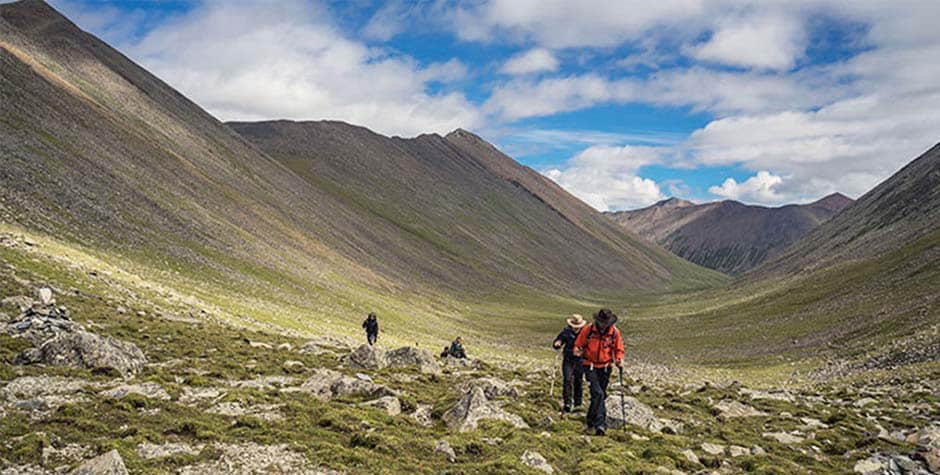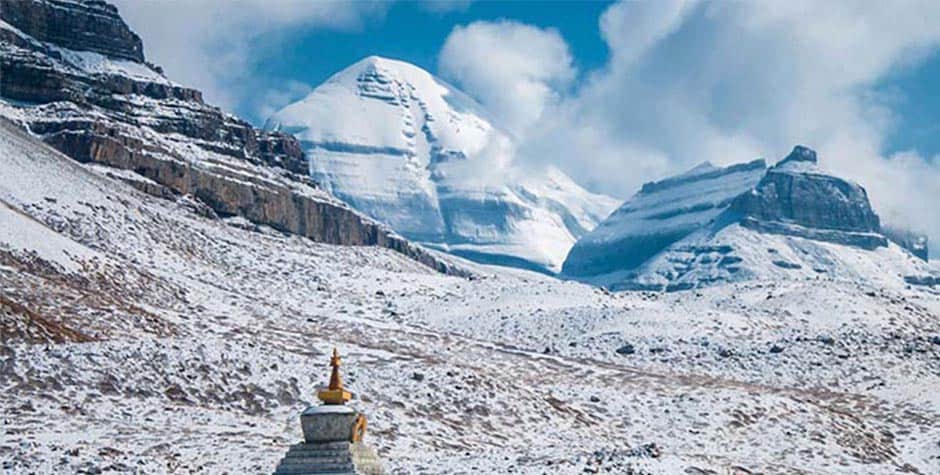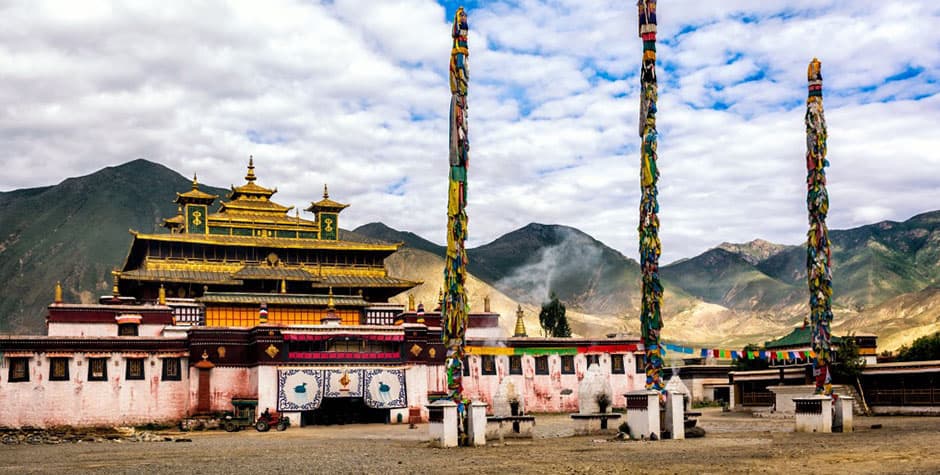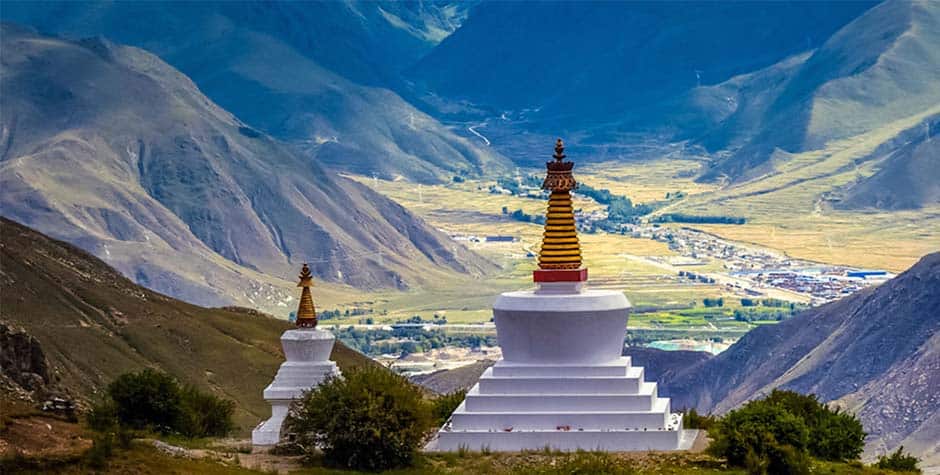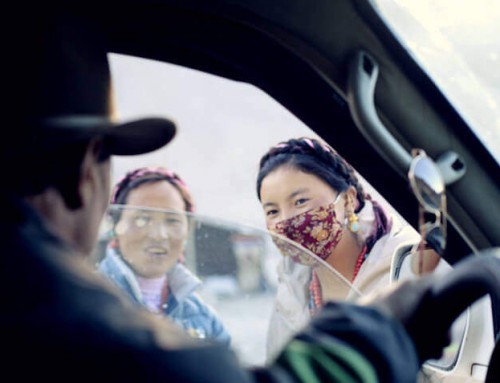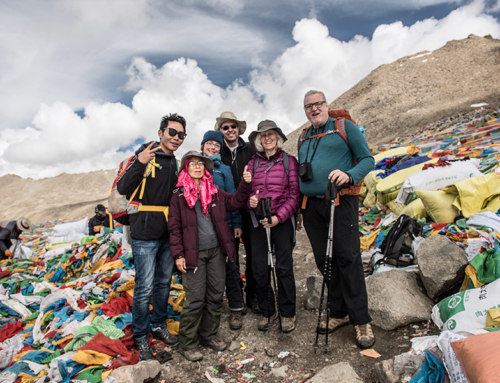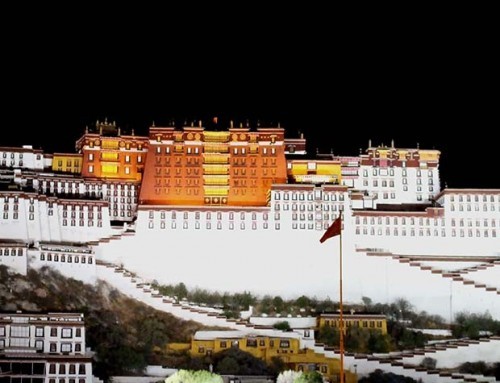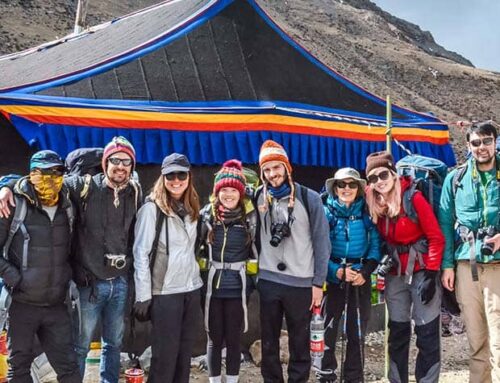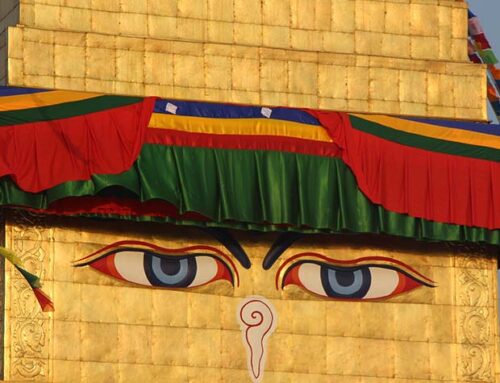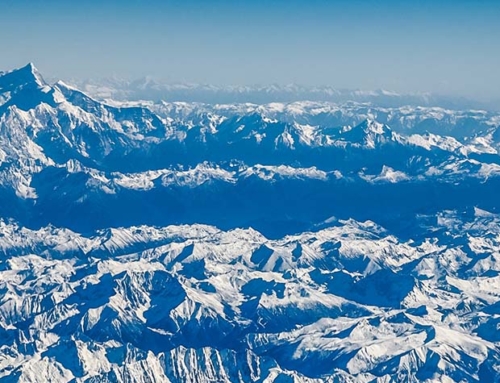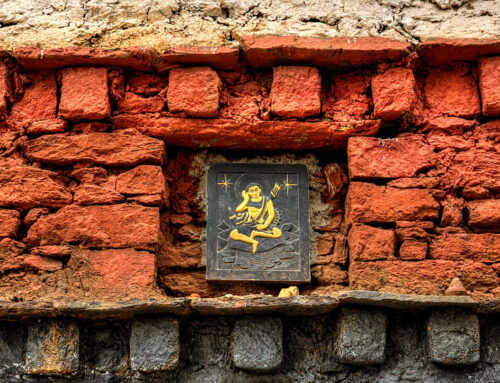Facts about Everest: Sir Edmund Hillary and Sherpa Tenzing Norgay Mount Everest were climbed in year Made history as they successfully submitted the Mount Everest Facts About Everest in 29th May 1953. But the wish to offer the Everest has become progressively increasing with the year. We hear many stories of tragedy and triumph on Everest, which is why the mount could be ranked as the most popular destination in Nepal and Tibet Autonomous region to China. Yet many facts about the mount are not commonly known by many.
Here are some facts about Everest you would not hear:
Who is the first?
As known worldwide as Sir Edmund Hillary and Sherpa Tenzing Norgay were the first ones to submit the Everest, yet another conspiracy theory, which believes that the Everest summit was reached as early as in 1924 by George Mallory and Andrew Irvine in their ill-fated expedition. There are known to have carried a Kodak Camera with them. The only way that can only prove would be if the camera ever found….
Everest is not the tallest mountain.
Everest is the highest point on the earth from sea level. Mauna Kea, an inactive Hawaiian volcano, is recorded as the tallest mountain.
Though Everest’s peak is at a higher altitude, yet that doesn’t make it taller. When measured from the ocean floor, its total height stands at 10,200 meters, making it a mile taller than Everest.
World Dirtiest Mountain.
With its popularity and the Everest quickly gets a permit for the climber to make it the dirtiest mountain globally. There are countless pictures documented about climbers on their way to the Everest summit, yet we don’t see images of the footprint they leave behind. Mount Everest is litter with an estimated 50 tons of waste with more left behind each season. The slopes are strewn with disregarded oxygen bottles, climbing equipment, and plenty of human faeces.
The Nepalese government has enforced a new regulation starting in 2014, which says each climber must bring down 8 kilograms of garbage on descent or lose a $4,000 deposit.
A Human Traffic Jam
Despite costing thousands of dollars to climb, more people than ever are trying to submit it. More than 80% of the total number of people who submit it are after the year 2000. which makes the number of people climbing Everest is progressively increasing. In 2012, German mountaineer Ralf Dukmovits shot this shocking image to hundreds of climbers lining up to reach the summit.
This human traffic at the summit raises Nepal specialists’ concern and adds they added a new fixed rope to ease congestion. In addition, they are discussing installing permanent ladders.
Multiple Names
Although we all know the mountain with the name Everest, there are many names for the hills. For example, Tibetans have referred to it as Qomolangma for centuries. This Tibetan name translates to “the goddess, mother of the universe.” Nepalese call it Sagarmatha, meaning Forehead in the sky. This is why the national park on the Chinese side is known as Qomolangma National Park. On the Nepal side, it is called Sagarmatha National Park.
The British first named the mountain Mount 15, but it was later renamed Everest when the British surveyor George Everest failed to find the commonly used local name for the mountain. After being unable to decide, he called the hill after George Everest, the Indian Surveyor General and head of the British team that first surveyed the Himalayas. Colonel Everest objected to the honor, but the British officially changed the name of the mountain from “Peak XV” to “Mount Everest” in 1865. And ironically, he never saw Everest.
It’s growing
Mount Everest continues to grow, and its height increases by approximately 4 millimeters each year. The Indian sub-continent, an independent landmass, collided with Asia, forming the Himalayas and pushing the mountains higher.
Researchers from the American Millennium Expedition in 1999 placed a global positioning satellite device below the summit to measure growth. Their more accurate findings from modern technology led to the official height of Everest being changed to 8,850 meters (29,035 ft). Meanwhile, other tectonic activity causes the mountain height to change, but the overall movement seems to be up.
First tweet
Kenton Cool sent the first tweet from the summit in 2011. On one of his many trips to the top, he tweeted: “Everest summit no 9! 1st tweet from the top of the world thanks to a weak 3G signal.”
The view is better from the Tibet side.
The Tibetan plateau on the Tibet side of Mount Everest is higher in elevation, and better infrastructure makes Everest on the Tibet side much more accessible. Therefore, the view is much better than the Nepal side. Viewing Mount Everest is one of the top 20 things to do in Tibet. All significant tours in Tibet visit the Everest Base Camp. Check here for the list of Tours to Mount Everest Basecamp in Tibet.
Conclusion
Above are some of the best and most amazing facts about Mount Everest that can be found online. Yet, this mother of all mountains has many other incredible points. If you know some facts about Everest, please share your thoughts here.
If you want to obtain any Tibet travel Information, we will be more than happy to answer all your queries, even if you are not taking our services. So please write to us at info@itibettravel.com.
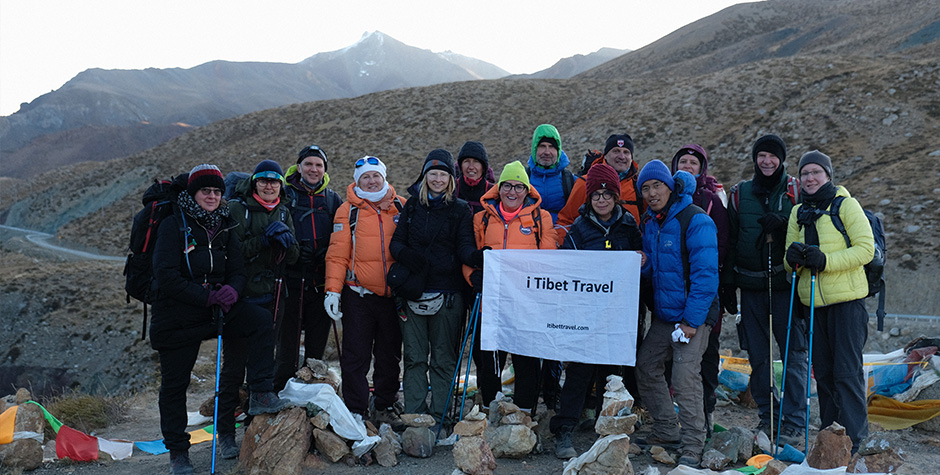
Tenzin Travel is the best Tibetan Travel agency in Tibet. Our agency is one of Tibet’s most experienced tour operators, with over 20 years in the industry. Founded by a local Tibetan family with decades of expertise as guides, managers, and route planners. We craft personalized itineraries for every traveler. Our agency is the highest-rated and most recommended Tibet travel agency on TripAdvisor, Google, and Lonely Planet.
We can make holistic arrangements for your trip to Tibet. Including a Tibet Travel Permit, a Tibetan tour guide, flight tickets, train tickets, vehicle arrangements, and hotel bookings in Tibet.
Our Lhasa office is just steps from Barkhor Square. All our Tibetan team ensures deep cultural, linguistic, and religious insights, setting us apart from other agencies.
Beyond tourism, we support Tibetan communities by donating a portion of each tour to local projects. Your travel to Tibet is about more than profit—it’s about the opportunity for us to give back.

